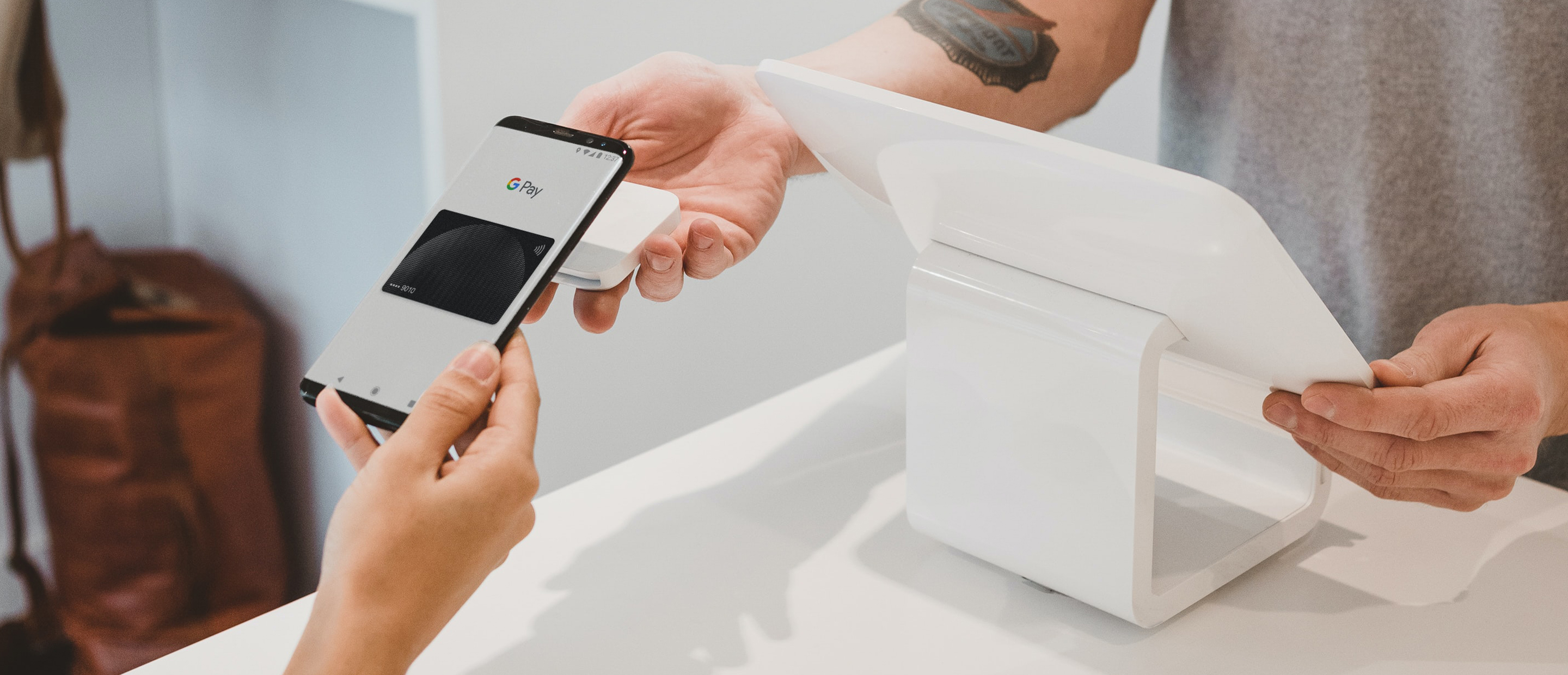Complete guide to POS transactions
Discover how you can use POS transactions for seamless payment processes and customer experiences. Learn more, NuORDER

POS transactions, or point of sale transactions, refer to the process of completing a purchase at the point of sale, typically in a physical retail store or an online store. These transactions aren’t just purchases — every transaction contains vital information. Read on to learn about the fundamentals of POS transactions, the information it includes, and how to leverage that information for the continued success of your business. You’ll also learn how to improve your cash flow and simplify the transaction process for everyone involved.
What Is a POS Transaction?
A POS transaction, or point-of-sale transaction, is a transaction that occurs when a purchase is made with a specific merchant. POS transactions include online and offline transactions (a cash sale made in a brick-and-mortar store), and encompass both B2C and B2B purchases. Every POS transaction includes a transfer of key information; this data varies across industries, companies, and systems, but often includes the transaction amount, payment method, inventory information such as colorways and SKUs, customer information, and taxes. The name of the merchant, information about your purchase, and the amount spent is tracked by the POS transaction system, as well as provided to you, often in the form of a receipt.
POS systems capture, store, and organize information to help businesses track vital operational information for accounting, bookkeeping, taxes, assortment planning, and more. For example, by reviewing your POS transaction data, you might discover certain colorways or product categories do especially well within certain regions. Armed with this information, you could prep better-targeted personalized assortments for your wholesale buyers.
Credit Card POS Transactions
Credit card payments are a common tender used during POS transactions — for good reason. Credit card payments offer unique protections that are simply not available with other payment types. Credit cards also help businesses manage cash flow because sellers are paid immediately but buyers have until the end of their billing cycles to pay their credit card bills. Finally, credit card transactions make it easy to accept mobile payments from retail stores around the world.
How Do POS Transactions Work?
The POS transaction process varies depending on the type of product and the organization of the retailer. However, here’s a brief overview of a POS transaction.
- Customer selects items to buy and proceeds to the checkout counter or online payment page.
- Cashier scans the product barcodes or manually enters the details into the register. Online, items are added to the virtual shopping cart, where the details of the product are digitally tracked.
- The register (or online system) calculates the total amount, including taxes, discounts, or promotions. Online POS transactions often include shipping as well.
- The customer chooses a payment method (cash, card, mobile, or online).
- The payment information is securely processed and verified for approval.
- Once approved, a receipt is generated and provided to the customer, confirming the transaction.
- The transaction details are recorded for inventory management, sales analysis, and financial reporting purposes.
Types of POS Transactions
There are several types of POS transactions, but there are three main types: online, offline, and return transactions.
Online POS Transactions
Online POS transactions happen outside of a physical location. The buyer uses a credit or debit card on an online ecommerce site, and the POS system processes and tracks the transaction the same way it would if the buyer swiped the card in a brick-and-mortar store.
Offline POS Transactions
An offline POS transaction happens in a physical retail environment, where the consumer pays with a credit or debit card, or with cash.
Returns
A return POS transaction is essentially a reverse transaction that happens when a customer returns the product to the company. Upon refund, the POS transaction system is able to return the money from the business account to the customer’s card or refund them in cash.
NuORDER Payments
In the realm of wholesale eCommerce software, NuORDER Payments allows brands to accept payments made with major credit cards– competitive, pre-negotiated rates and all. Thanks to these direct payments, brands no longer need to set up third-party payment providers or merchant accounts or deal with the complexities of PCI compliance. Instead, businesses can receive payment safely, securely, and in less time, while offering incredible convenience to their wholesale partners. For more client relationship-building tips, read our blog post on engaging with new accounts.
With NuORDER Payments, buyers have their own digital wallets where they can store multiple credit cards for future wholesale payments. And brands get paid faster: the point-of-sale system requires less than 24 hours to settle transactions. The safe and secure system also offers such conveniences as auto-shipping calculations at checkout and collections of upfront shipping payments; it creates ease, simplifies operations, and reduces financial risk. Finally, the NuORDER Payments dashboard is a centralized hub for accessing tax compliance support and viewing daily transactions and monthly reports.
NuORDER Payments fully integrates with brands’ ERP to automate authorizations, refunds, and future billing, such as payment collected upon shipping. Learn more.
Related articles
Get on the list
Wholesale tips and industry news you can’t miss, delivered weekly
